If you have been contributing to a 401(k) for some time, it can be exciting to see how much your 401(k) plan grows. The year-to-year contributions and gains can grow into a substantial nest egg over several decades, which can come in handy when you retire.
However, even as you watch your retirement money grow, there can be temptations to dip into the cookie jar when expected issues arise, leaving you in a serious financial mess.
Things like code education bills, medical expenses, and divorce can leave a dent in your finances, and you may be tempted to cancel your 401(k) and take the money you’ve accumulated.
But, is it possible to cancel 401(k) and cash out while still employed? Let’s find out.
Can I Cancel My 401k and Cash Out While Still Employed?
You may be able to take a 401(k) withdrawal while you are still employed at the company that sponsors your 401(k), but you cannot cancel or cash out your 401(k) while you are still employed.
If you have an urgent financial need and need money urgently, you can still be able to access your 401(k) money without canceling and cashing out your 401(k). You can take a 401(k) loan against your retirement savings, request a hardship withdrawal to meet a specific need or request an in-service withdrawal.
How to take money out of 401(k) while you are employed
If you have a financial need, and you have exhausted other sources of money, you can use these options to access your 401(k) money.
401(k) loans
If your employer allows 401(k) loans, you may be allowed to borrow up to $50,000 or half of your vested 401(k) balance, whichever is lesser. One advantage of a 401(k) loan is that you won’t owe an early withdrawal penalty or income taxes, since you are taking on debt and not directly withdrawing money from your 401(k).
A 401(k) loan is similar to other types of loans like personal loans and mortgages, but varies in several ways. First, instead of providing your home or car as security for the loan, your 401(k) retirement savings act as the security for the loan. Also, when making loan payments, you will be technically paying yourself, since the loan payments (including interest) are paid back into your 401(k) plan.
Keep in mind that if you change jobs, get fired, or deported to your home country, and you have an outstanding 401(k) loan, you will be required to pay off any remaining balance within a short period. If you are unable to make the loan payments, the 401(k) loan balance will be considered a taxable distribution, and you will owe income taxes, and a 10% penalty tax if you are below age 59 ½.
Hardship withdrawals
If you are facing a heavy and immediate financial need, you may be eligible to take a hardship withdrawal from your 401(k) plan. However, you must have an eligible event to qualify for a hardship withdrawal.
Some of the situations that may qualify for hardship withdrawal include a down payment for your first home, tuition or related educational costs, qualified medical expenses, payments required to stop an eviction or foreclosure, funeral or burial expenses, and costs to repair the borrower’s principal residence.

In some cases, the 401(k) plan administrator may require proof of hardship before the hardship withdrawal can be approved. Also, you can only withdraw an amount equivalent to the sum needed to satisfy the hardship. Hardship withdrawals are penalty-free in some cases, but you must pay ordinary income taxes on the withdrawal.
Additionally, once you take a hardship withdrawal, you won’t be allowed to contribute to the 401(k) plan for six months. Once the six months lapse, you can resume making contributions. Unlike a 401(k) loan, you won’t be required to repay the withdrawals you take.
In-service distributions
Some employers may allow 401(k) plan participants to take an in-service non-hardship withdrawal while they are still employed. In-service withdrawals allow participants to make withdrawals from their 401(k) before they reach a triggering event such as retirement or leaving the company.
If your employer allows in-service withdrawals, you can take a withdrawal to satisfy your need. You can also choose to roll over from 401(k) to IRA so that you have greater flexibility over the money. However, you could incur income taxes and penalties on the withdrawal, as well as restrict your ability to make withdrawals in the future.
How to take money out of 401(k) after you retire
When you retire, you may have several options to take your money out of the plan.
You can choose to take periodic distributions, make a lump sum withdrawal, or rollover your 401(k) retirement money to an IRA. These options are explained below.
Take periodic distributions
If you are at least 59 ½ when you retire, you can choose to receive period distributions from your 401(k) plan. You can opt to receive monthly, quarterly, or semi-annual distributions to help you meet your expenses in retirement.

If you want the 401(k) money to last you through your retirement years, you can make systematic withdrawals based on the 4% rule. You can also supplement 401(k) distributions with other retirement incomes such as Social Security Retirement benefits, pensions, and part-time employment earnings.
Convert 401(k) into an annuity
If you want a guaranteed stream of income in retirement, you can decide to convert the 401(k) plan into an annuity. This option lets you convert your entire 401(k) balance into an immediate annuity that makes guaranteed monthly payments over your lifetime.
However, this option locks you out of your principal amount, and you won’t be able to withdraw more than the guaranteed income streams.
Take a lump-sum distribution
You can decide to withdraw a portion or the entire 401(k) balance to help you with a large purchase. However, be aware that distributions from a pre-tax 401(k) are considered taxable income, and the large withdrawal can push you to a higher income tax bracket. If you are below age 59 ½, you will owe an additional 10% early withdrawal penalty.
Rollover 401(k) to IRA
Since you will no longer be able to contribute to the 401(k) plan, you can roll over the 401(k) money to an IRA for easier management. An IRA provides more investment options and greater flexibility than a 401(k), and you will be able to manage your retirement assets and allocate money to a wider pool of investments.
When rolling over 401(k) to an IRA, you can choose a direct rollover or indirect rollover. A direct rollover transfers 401(k) assets directly from your 401(k) to the investment firm that manages your IRA. Since you don’t get your hands on the money, you won’t owe any income taxes or penalties on the transfer.
If you choose an indirect rollover, the 401(k) balance will be paid out to you via check, and you will have 60 days to deposit the money in the IRA. The 401(k) plan may withhold 20% of the distribution for taxes, and you must come up with the withheld monies so that you roll over the full amount of the distribution.
Final Thoughts
While you won’t be allowed to cancel and cash out your 401(k) plan when you are still employed by the company sponsoring your 401(k), you may still have several options to access your 401(k) money.
You can take a 401(k) loan against your retirement savings, a hardship withdrawal, or an in-service withdrawal. Keep in mind that taking an early withdrawal can trigger taxes and penalties, which will reduce the amount you receive as withdrawals.

